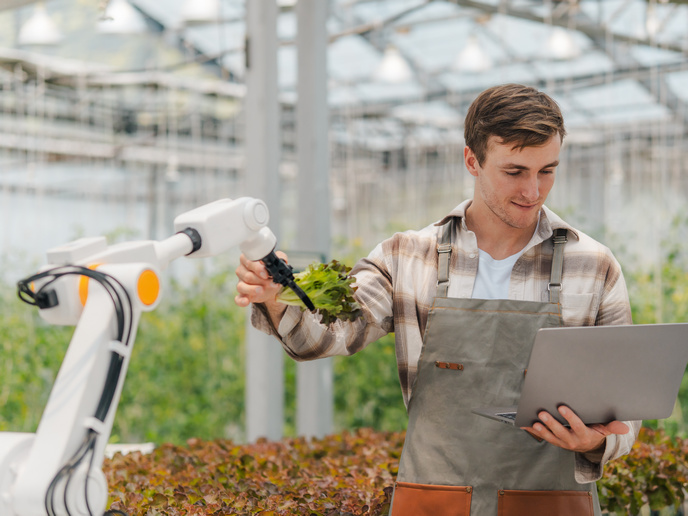AI doctor uses imaginative processes to train itself
Artificial intelligence (AI) is growing within healthcare and holds the promise of transforming medical practices around the world. So far, AI-based diagnostic software has proved capable of detecting diseases and health risks early. This is particularly useful with non-communicable diseases (NCDs) such as cardiovascular, ocular and respiratory diseases. NCDs account for around 60 % of all death and disabilities worldwide. Yet the software runs up against significant limitations, such as the need to train the AI on huge amounts of labelled data. This can result in unwieldy and often incomplete datasets, and the AI can be too specific to the training data, preventing generalised diagnoses. The EU-funded MrDoc project has created a new way: a semi-supervised learning AI diagnostic platform, which undertakes some training using small labelled datasets and then teaches itself to improve. The solution learns from human doctors and exploits the knowledge to train itself further in a way that mimics human imagination. It can also predict potential variations or noise that it may come across in the future, which helps to make its diagnoses robust in real-world settings. “The final goal is to detect and diagnose NCDs like arrhythmias and hypertension. This can be done through biometric parameters such as blood pressure, heart rate variability, haemoglobin and blood glucose from ‘dirty’ signals which are generated by consumer electronics devices, such as smartphones and closed circuit cameras,” explains Fabio Rebecchi, CEO, founder and chief scientific officer at Mr. Doc(opens in new window).
How it works
Mr. Doc finds the most informative and useful samples in clinical datasets. It then presents these to medical professionals, who label the data. The feedback helps to improve the AI, in an interactive process which reduces the amount of time needed from doctors and saves up to 90 % on costs. The AI runs on a type of machine learning known as Generative Adversarial Networks(opens in new window) (GAN), which are used in many creative processes. GANs pit two networks against each other: one presents its findings and the other judges them. This process improves accuracy over time. “We use GANs in three layers of our pipeline. First, to transform open source datasets of medical-grade signals and images; second, to clean signals from motion artefacts and other sources of noise usually present in consumer electronics; and third, to reduce the dimensions in the data. This makes it easier for Mr. Doc to handle the subsequent steps, and minimises the loss of information,” adds Rebecchi.
Signals of success
“So far, we have generated significant results by extracting information about cardiac and respiratory disease from ‘video selfies’ of patients, and by detecting new biomarkers and diagnostic signs from OCT retina scans(opens in new window),” says Rebecchi. The team are also running clinical tests using the platform to analyse sounds made by users blowing into the microphone of a smartphone, to estimate the probability of the presence of asthma and chronic obstructive pulmonary disease. “Horizon 2020 was a crucial step for us, giving us confidence, a financial seed and the opportunity to reflect upon our project’s long-term plan and vision. Our next steps are related to broader clinical validations, medical device certification and eventual commercialisation of the platform,” explains Rebecchi.







